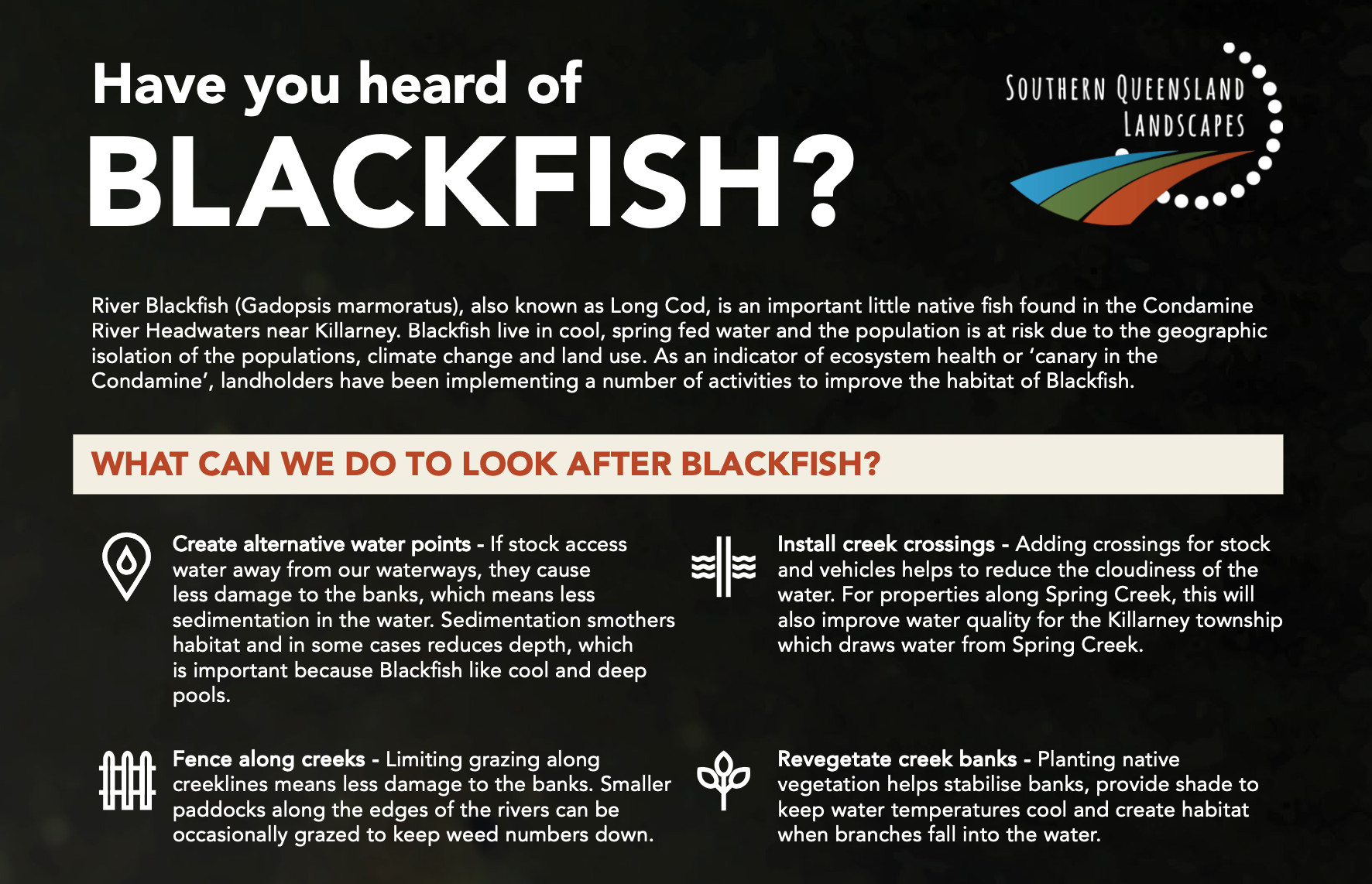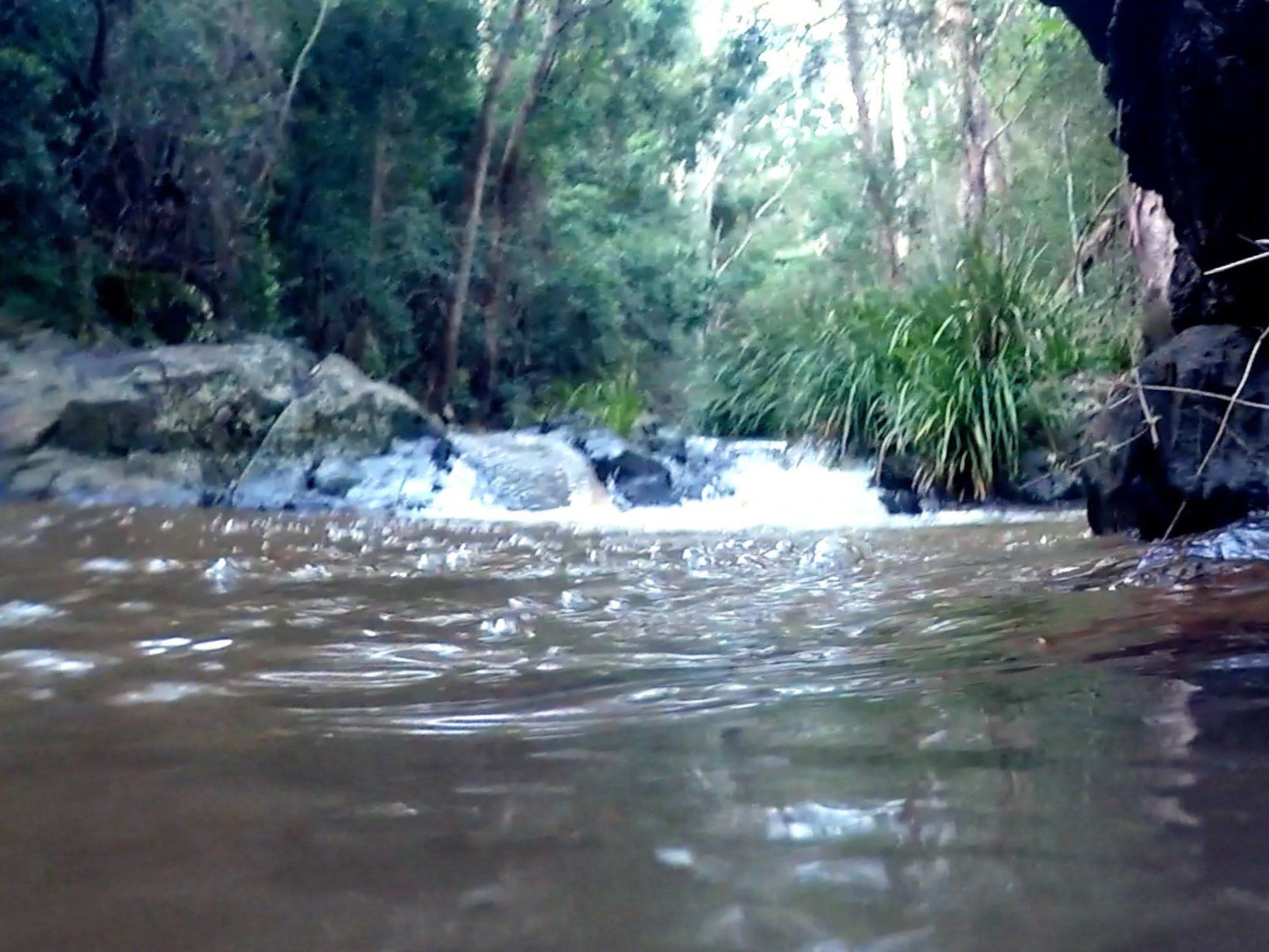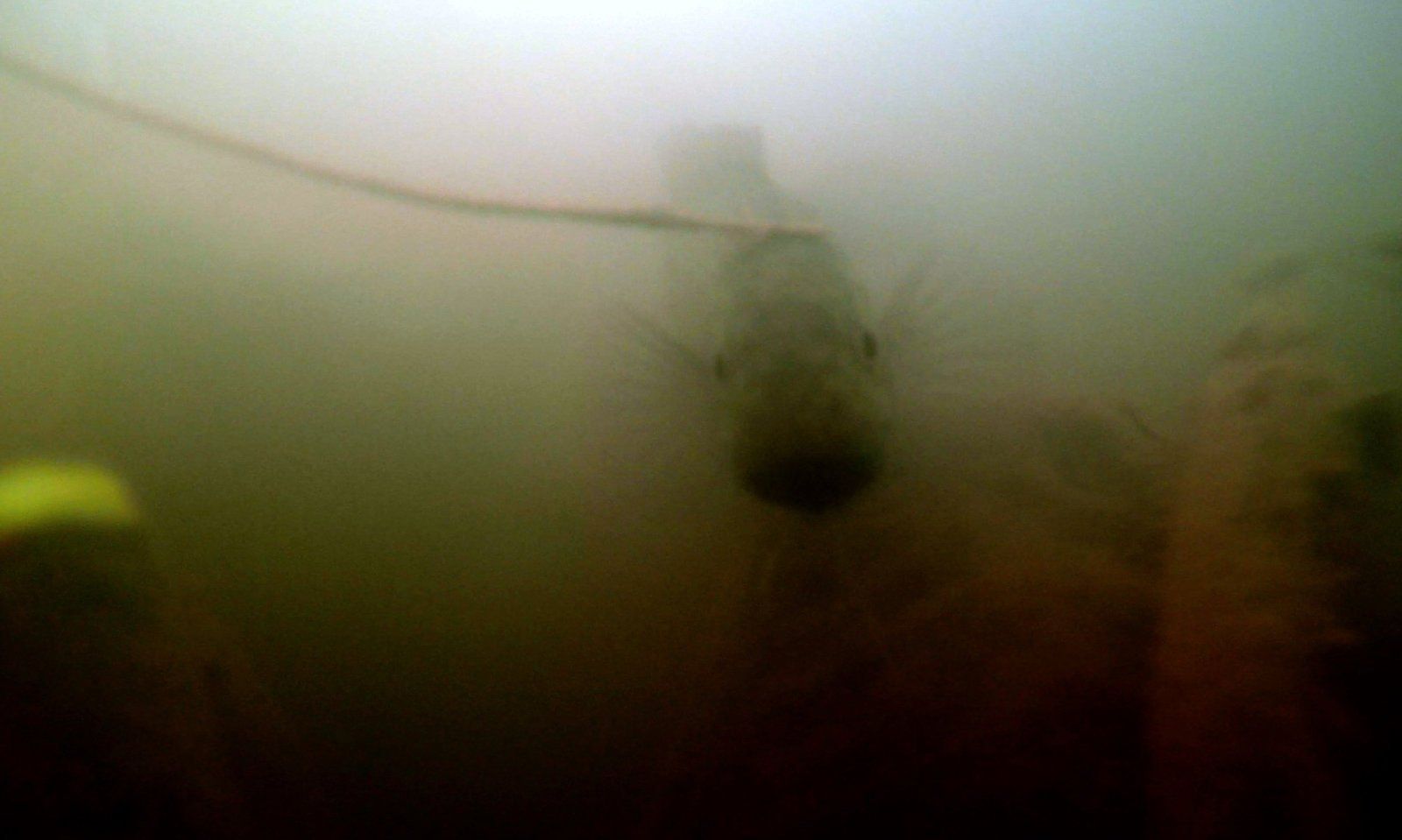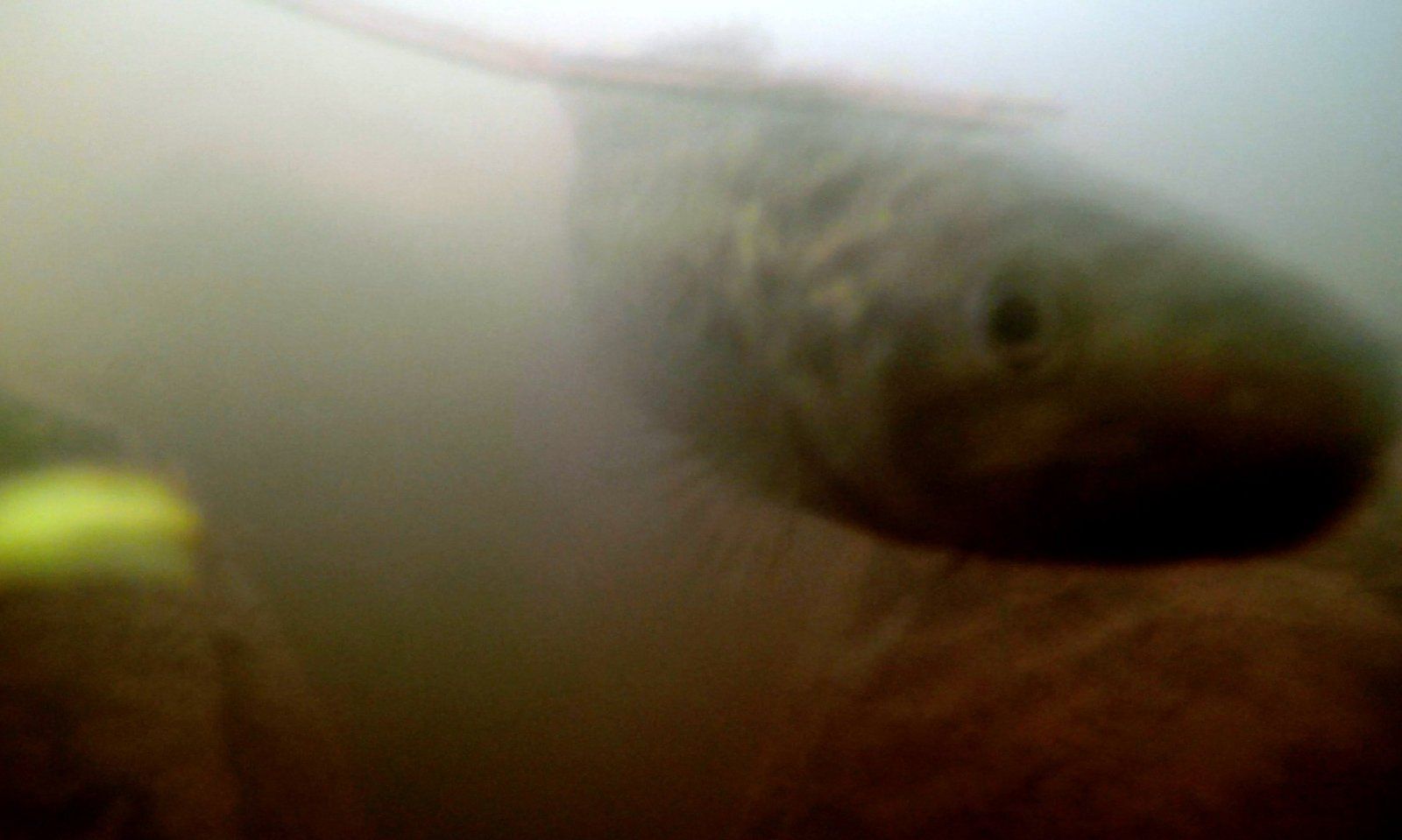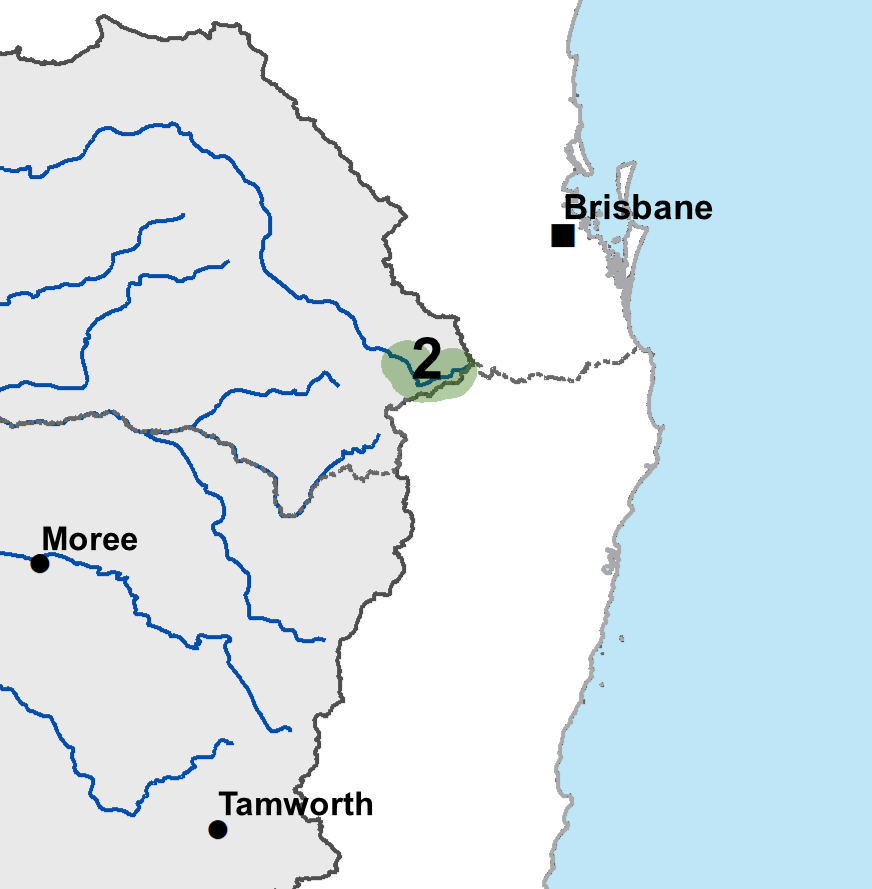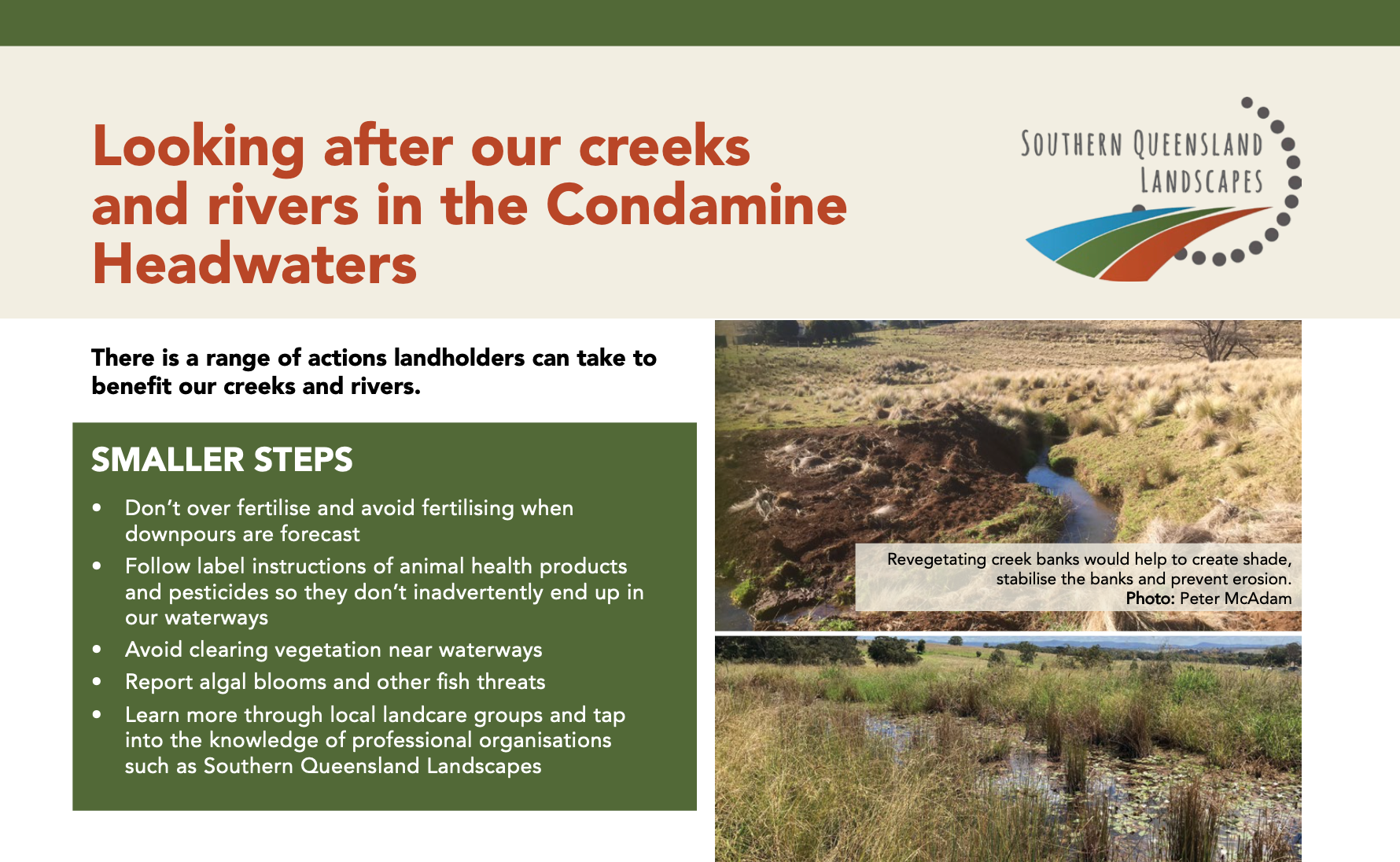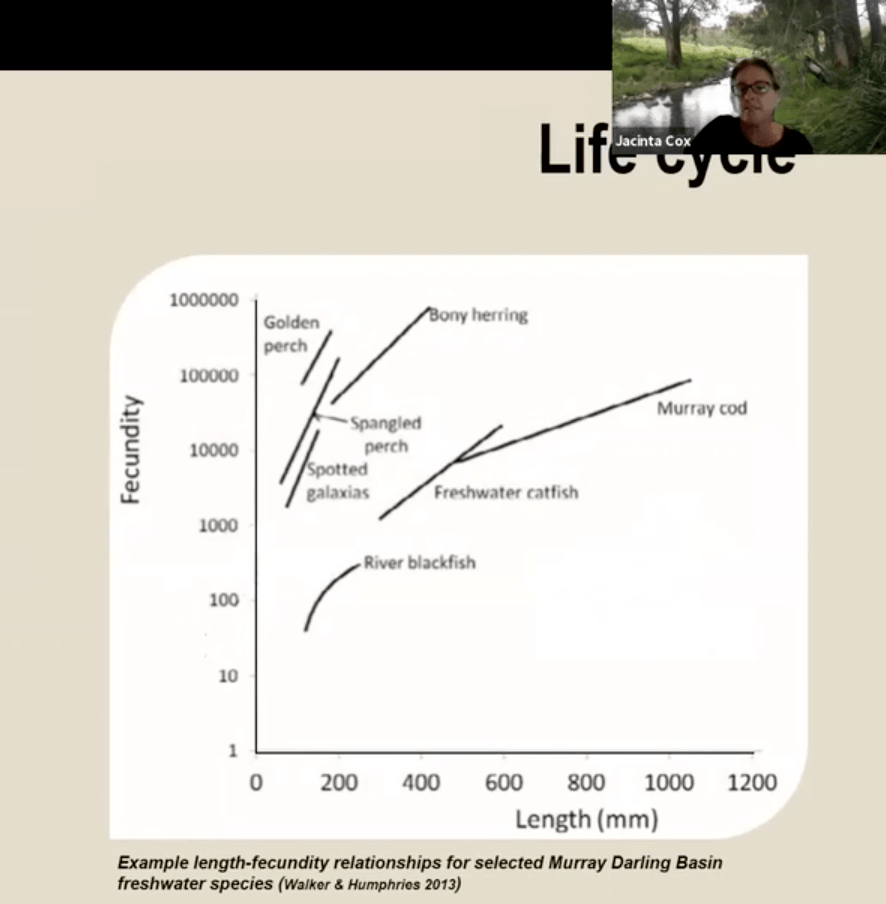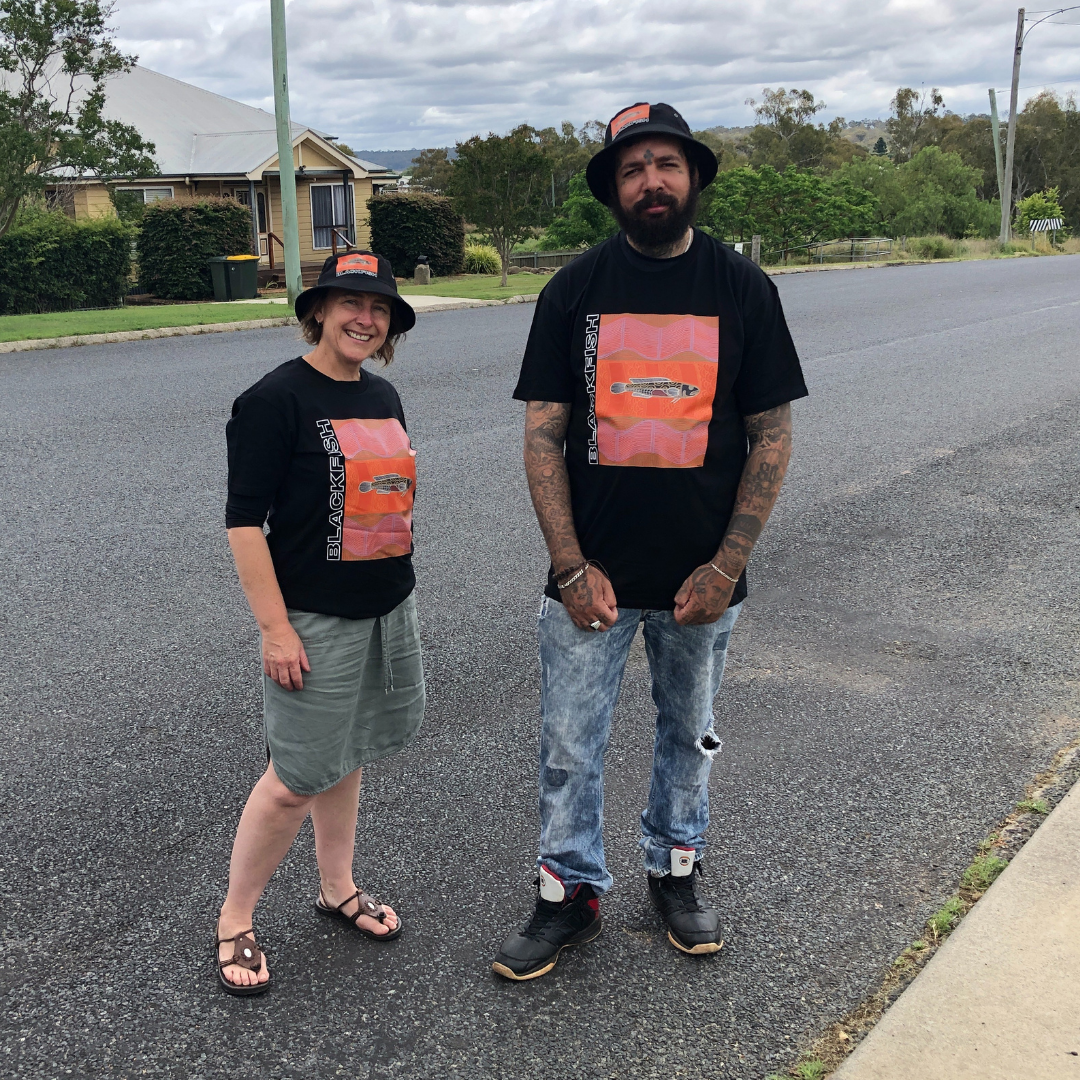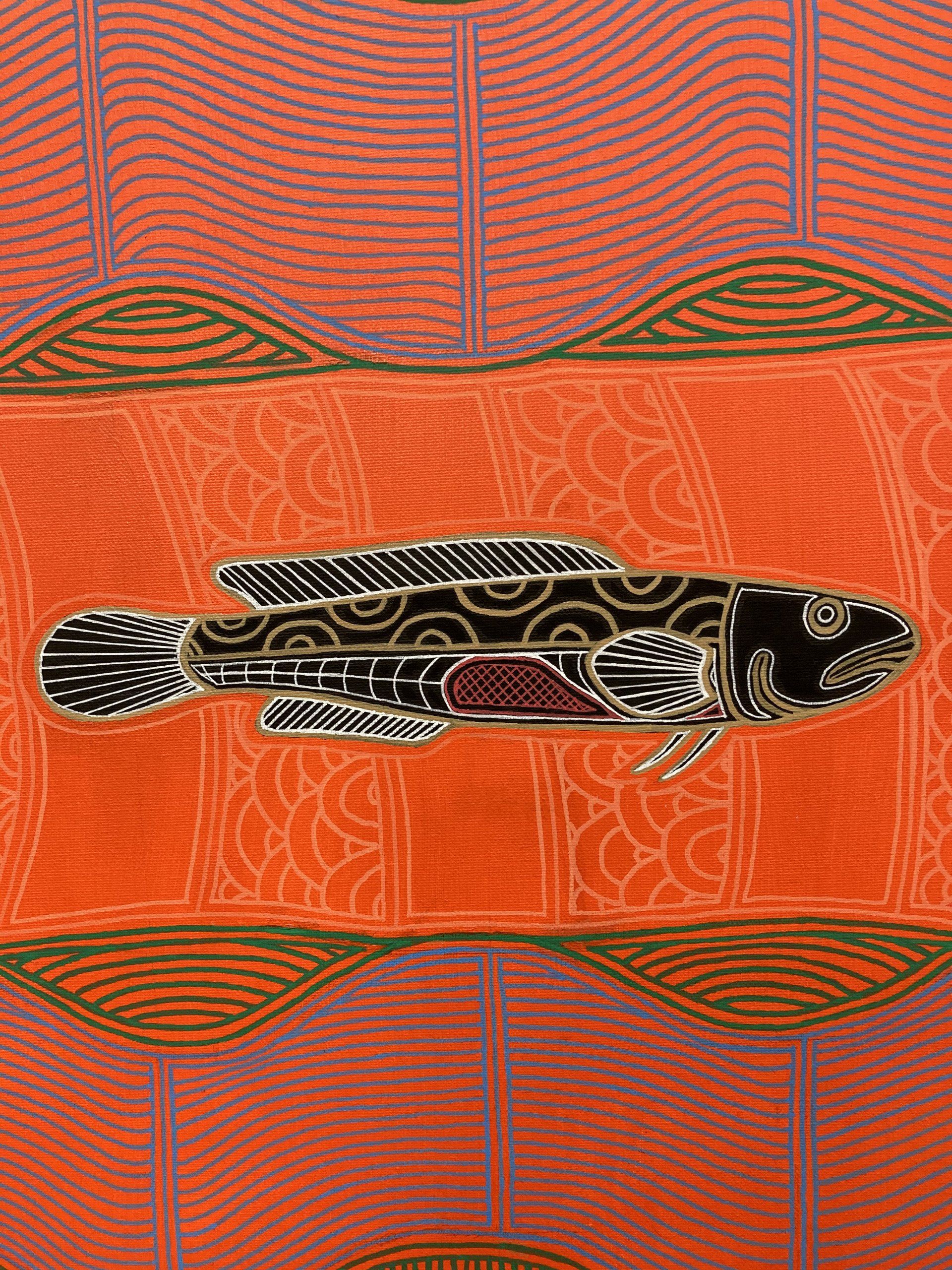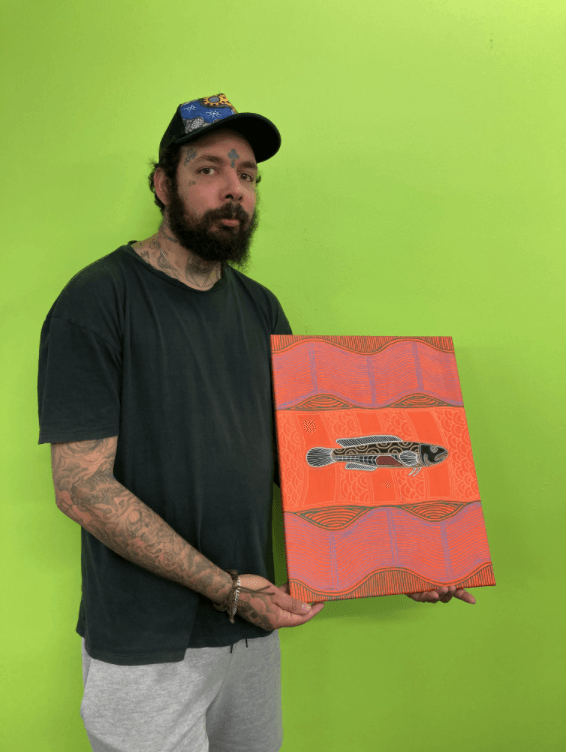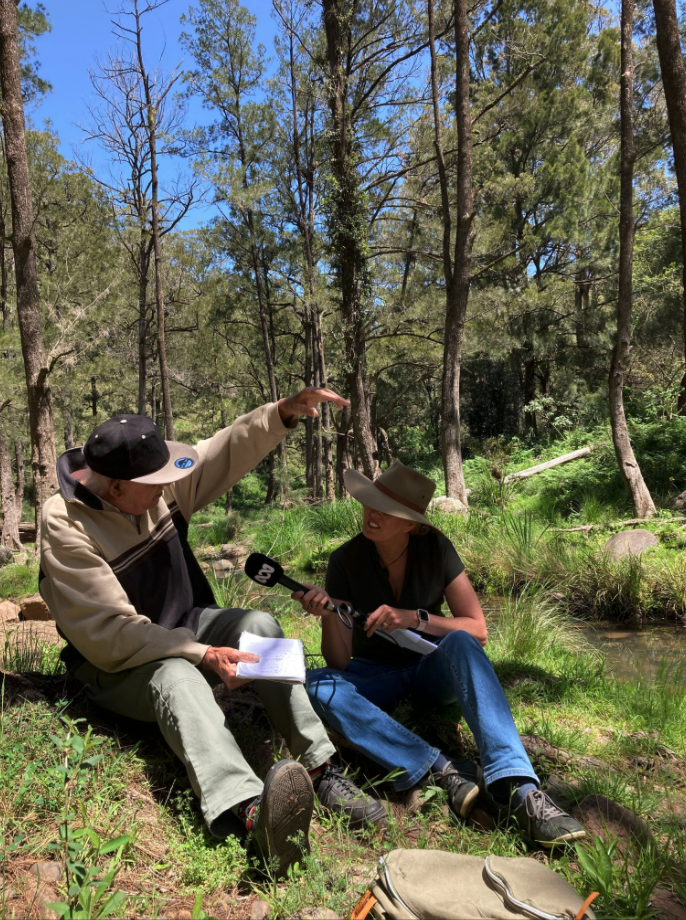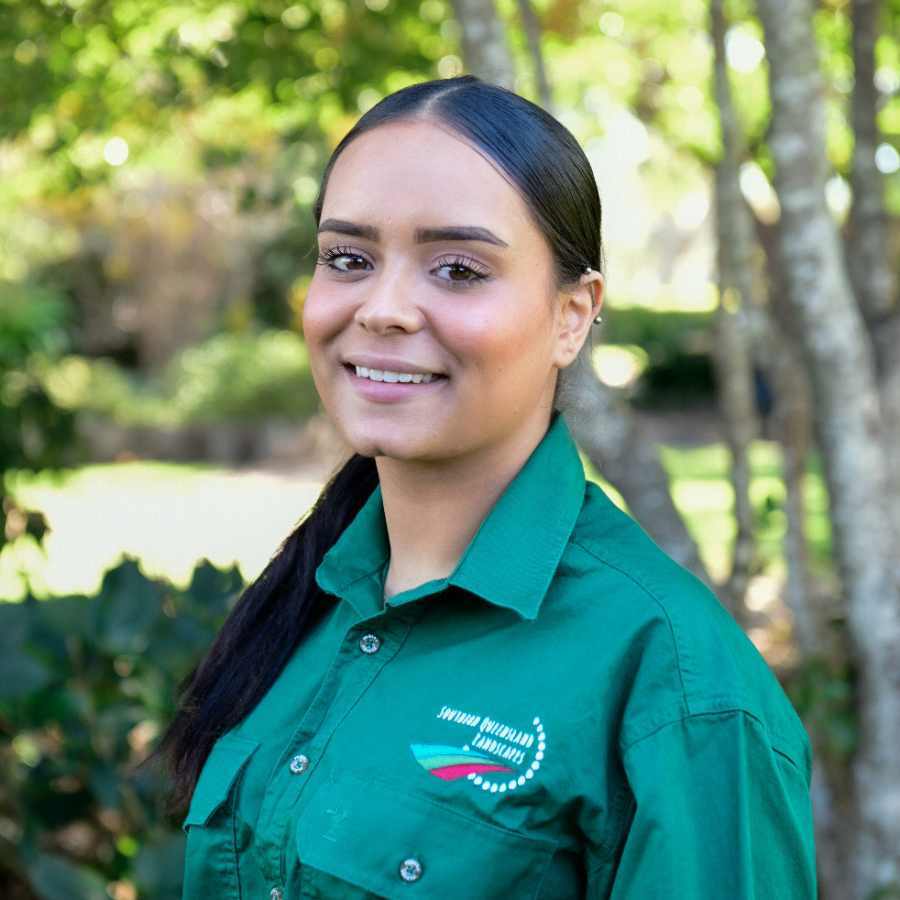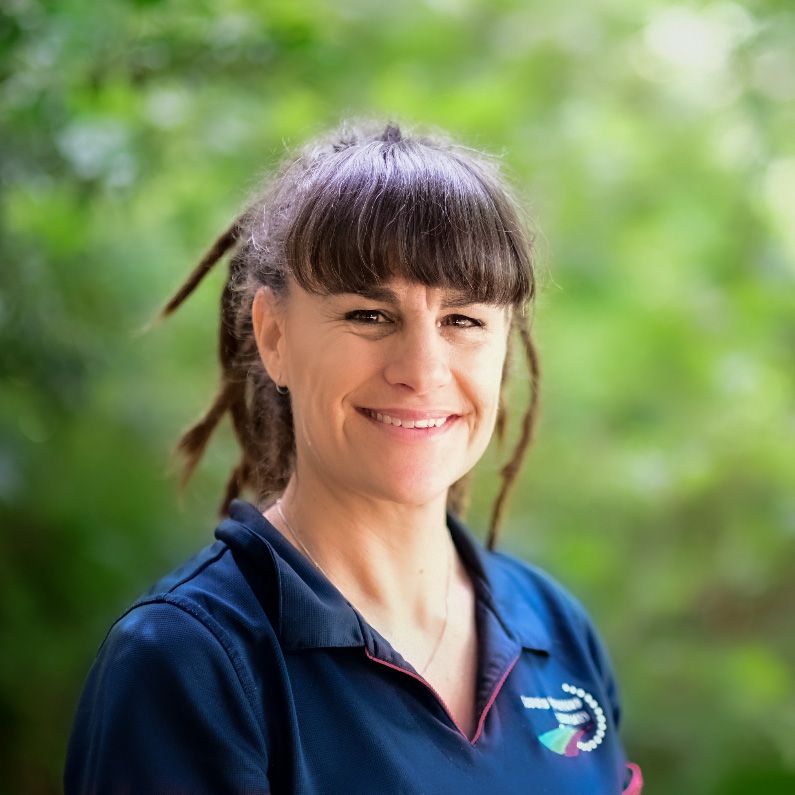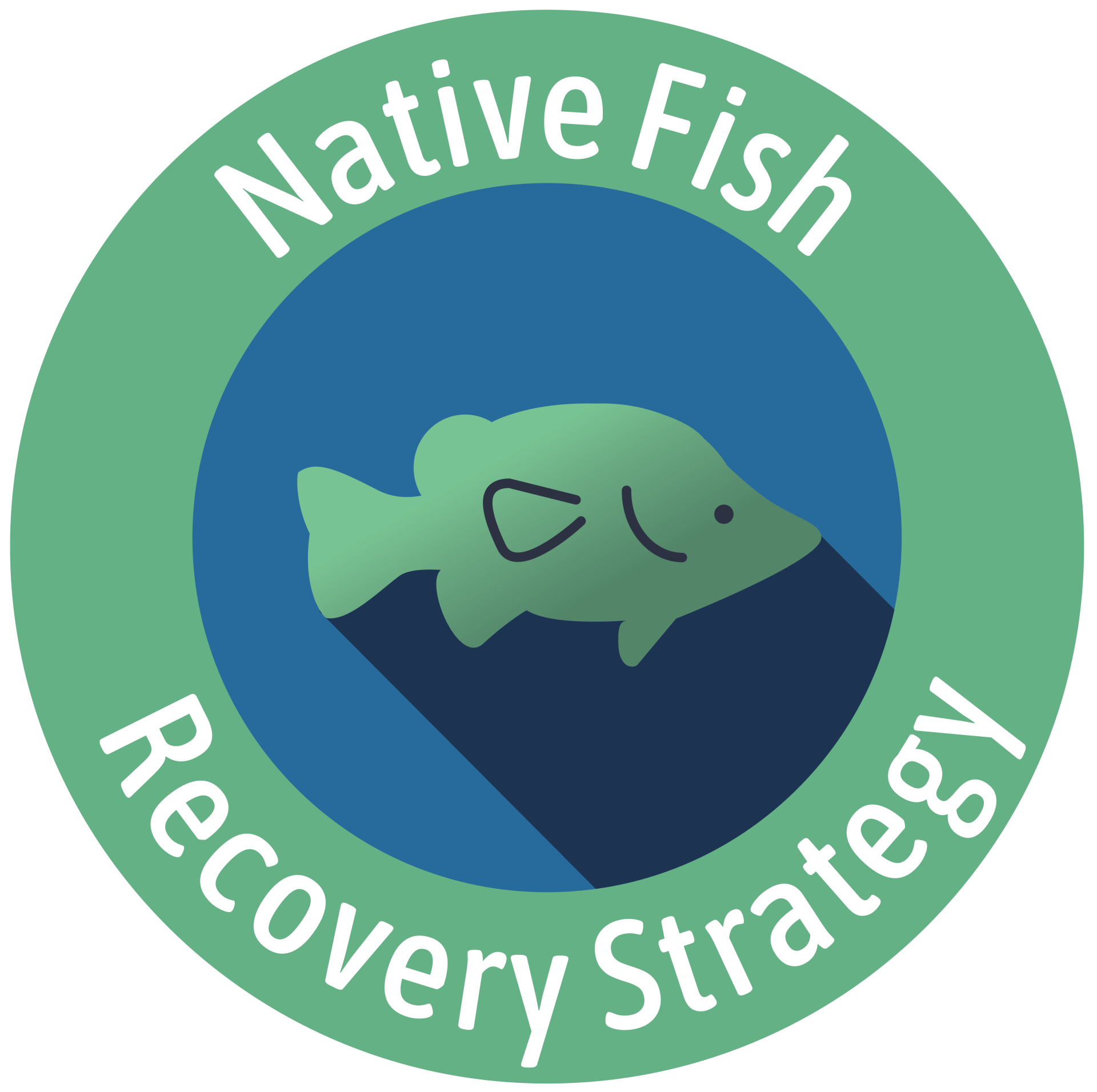Blackfish Project
Condamine Headwaters Recovery Reach
Fish in Crisis
Current expert opinion finds that River blackfish (Gadopsis marmoratus), the target species for this Recovery Reach, are experiencing severe decline across the entire Murray-Darling Basin and are highly vulnerable to localised extinctions. Thus, the upper Condamine headwaters, being a cool upland area still containing essential habitat, is considered critical for maintaining blackfish presence in Queensland, if not the wider Basin.
Over two years, Southern Queensland Landscapes will work with land managers to undertake actions on their properties that will reduce sedimentation and increase thermal habitat in streams where blackfish persist to maintain their presence.
If you are a local land manager and are interested in becoming involved in the project, register via the button below.
WHAT CAN WE DO TO LOOK AFTER BLACKFISH?
River Blackfish (Gadopsis marmoratus), also known as Long Cod, is an important little native fish found in the Condamine River Headwaters near Killarney. Blackfish live in cool, spring fed water and the population is at risk due to the geographic isolation of the populations, climate change and land use. As an indicator of ecosystem health or ‘canary in the Condamine’, landholders have been implementing a number of activities to improve the habitat of Blackfish.
Nikki Longcod Keep Swimmin'
Josh Arnold and students from Killarney P-10 S.S.
Golden Guitar winning Australian Country Music artist, Josh Arnold has teamed up with students from Killarney State School to write and produce a music video aimed at highlighting the plight of a tiny native fish at risk of localised extinction.
River blackfish (or Nikki Longcod as they’re known by the locals) have been in severe decline across the entire Murray-Darling Basin; and scientists believe the headwaters of the Condamine, near Killarney, is home to the last populations in Queensland.
How are we Saving Local Rivers?
Click on the icons below to learn more.
Recovering River blackfish with Ren Holz
Australian River Recovery Centre catches up with Recovery Reach Coordinator Ren Holz.
SQ Landscapes Project Delivery Officer Ren Holz highlights the importance of recovery efforts to save the River blackfish in the Upper Condamine Recovery Reach.
What is a Recovery Reach?
Click on the icons below to learn more.
Latest Project News
Meet the Project Coordinators
Project Delivery Officer
Bree Humes
Bree is currently studying a double major in Environmental Science and Sustainability, Community Development and Indigenous Studies at USQ. Breanna is a proud Noongar (WA), Gunditjmara (VIC) and Wiradjuri woman (NSW).
Breanna has a strong passion for caring for Country and learning traditional knowledge. Breanna is eager to integrate modern science and traditional knowledge to aim towards a production and sustainable future.
Project Delivery Officer
Ren Holz
Ren has previously worked in projects monitoring frogs and water cycles for community education and storm water monitoring.
Ren holds a Bachelor of Environmental Science (Research) from the University of the Sunshine Coast and was awarded the Undergraduate Award for Excellence in Soil Science from Soil Science Australia.
Make a Difference
You can help the river blackfish to thrive.
Sign up to our newsletter
This project is funded by the Native Fish Recovery Strategy. The Native Fish Recovery Strategy is funded under the joint programs and coordinated by the Murray-Darling Basin Authority. The joint programs promote and coordinate effective planning, management and sharing of the water and other natural resources of the Murray-Darling Basin.
Southern Queensland Landscapes prides itself on being unbiased and evidence based in all we do. This project refers to a range of comprehensive, published resources including the following citations:
Turschwell, M. P., Balcombe, S. R., Steel, E. A., Sheldon, F., & Peterson, E. E. (2017). Thermal habitat restricts patterns of occurrence in multiple life-stages of a headwater fish. Freshwater Science, 36(2), 402-414. https://doi.org/10.1086/691553.
Turschwell, M. P., Stewart‐Koster, B., Leigh, C., Peterson, E. E., Sheldon, F., & Balcombe, S. R. (2018). Riparian restoration offsets predicted population consequences of climate warming in a threatened headwater fish. Aquatic Conservation: Marine and Freshwater Ecosystems, 28(3), 575-586. https://doi.org/10.1002/aqc.2864
Turschwell, M. P., Stewart-Koster, B., Balcombe, S. R., Sheldon, F., & Peterson, E. E. (2020). Multiscale relationships between stream temperature and juvenile recruitment in an imperilled freshwater fish. Marine and Freshwater Research, 71(10), 1269-1280. https://doi.org/10.1071/MF19149


